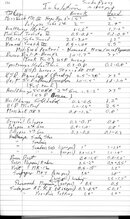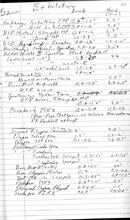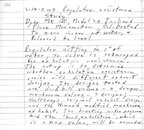The Scubapro specs for the A.I.R. II on the surface show a breaking pressure of about 1.4 inches of water. At 100 feet its 2.4 inches of water. This, I think, is much poorer that today's regulators, which are usually under 1 inch of water on the surface and don't go up at depth. However, in the 1980s I got my Scubapro Manual for Scubapro Regulators, and the Mark V First Stage with a 109 second stage showed inhalation on the surface at less than 1 inch of water, but at 100 feet going up to about 2.5 inches of water. So at the time the A.I.R. II was about the same as the 109 second stage. However, the Pilot and A.I.R. I regulators stayed at less than one inch of water regardless of depth. The Scubapro A.I.R. I and Pilot regulators actually broke at under one inch, and then became virtually effortless at depth. Here's some more information from the U.S. Navy EDU in the 1980s:How do the specs of breathing on the AIR2 compare to modern second stages? In the ballpark? Markedly inferior?
mark-ii-25.html
I don't know about today's regulators, as Scubapro and maybe other manufacturers stopped publishing this data in their catalogs and manuals. Aqualung has a breathing curve for its Titan LX which shows a breaking at just over 5 millibars (x 0.402 to get inches of water) for 2005. So I don't think the regulators have progress a whole lot, except for those with pilot valves.
I measured my own regulator collection some years ago using a water monometer.
SeaRat
PS, I just added two more pages from my notes, one of which was exhalation resistance and the other explaining the study.







